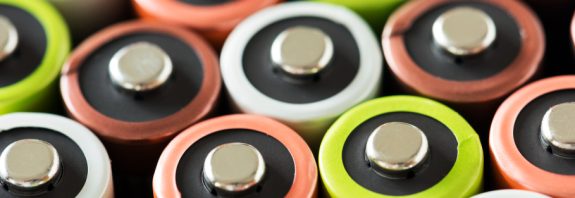What does “Powered by the Grid” Mean?

The phrase “powered by the grid” often appears in descriptions of household appliances, electronics, or other devices. But what does it actually mean, and how does it affect the use of these devices in everyday life? Let’s break it down in simple terms.
What does “Powered by the Grid” Mean?
When a device is described as “powered by the grid,” it means it draws energy directly from an electrical outlet via a cable. Unlike battery-operated or rechargeable gadgets that can function independently, these devices rely on a constant connection to a power source. Examples include a desk lamp, a television, or a stationary blender—typical grid-powered devices.
The power source is usually a standard electrical grid with a voltage of 220–240 V (common in most European countries, including Ukraine). A cord with a plug connects the device to the outlet.
How Does It Work in Practice?
The principle is straightforward: electricity flows from the outlet through the cable to the device, energizing its internal components—such as a motor, circuit board, or heating element—depending on the gadget’s type. For instance:
- In a kettle, the current heats an element to boil water.
- In a computer or TV, electricity powers the processor, screen, and other parts.
- In a vacuum cleaner, it drives the motor to create suction.
To operate, the device must be plugged into an outlet, and after use, it’s either switched off or unplugged. This sets grid-powered devices apart from wireless ones that run on batteries or rechargeable packs.
Advantages of the “Grid-Powered” Approach
- Stable Power Supply: You don’t have to worry about a battery dying at the worst moment. As long as there’s electricity, the device keeps running.
- Higher Power: Grid-powered devices often deliver greater performance since they’re not limited by battery capacity. For example, a stationary blender is typically more powerful than its cordless counterpart.
- No Battery Costs: There’s no need to buy replacement batteries or recharge constantly.
Disadvantages
- Dependence on an Outlet: Without electricity, the device is useless—especially noticeable during power outages.
- Limited Mobility: The cord’s length determines how far you can move from the outlet. For instance, a grid-powered vacuum cleaner can be inconvenient to use if outlets are far apart.
- Risk of Overloading: Plugging in too many high-power devices at once might trip the circuit breaker.
Comparison with Battery-Powered Devices
Imagine two vacuum cleaners: one grid-powered, the other battery-operated. The grid-powered model is more powerful and can run indefinitely as long as there’s electricity, but you’re tethered to an outlet. The battery-powered version is lighter and portable but requires recharging and offers limited runtime—say, 20–40 minutes.
Is “Grid-Powered” Always Convenient?
It depends on the situation. For home use with a reliable power supply, grid-powered devices are great for long-term tasks. But if you’re on the road, outdoors, or dealing with frequent power cuts, battery-powered or hybrid models (capable of running on both grid and battery) are more practical.
Conclusion
“Powered by the grid” means reliability and stability—but with a catch: you’re tied to an outlet. These devices shine where electricity is constant and portability isn’t a priority. So, next time you’re choosing a gadget, consider: Are you okay “living near the outlet,”, or would you rather have the freedom to move around?









